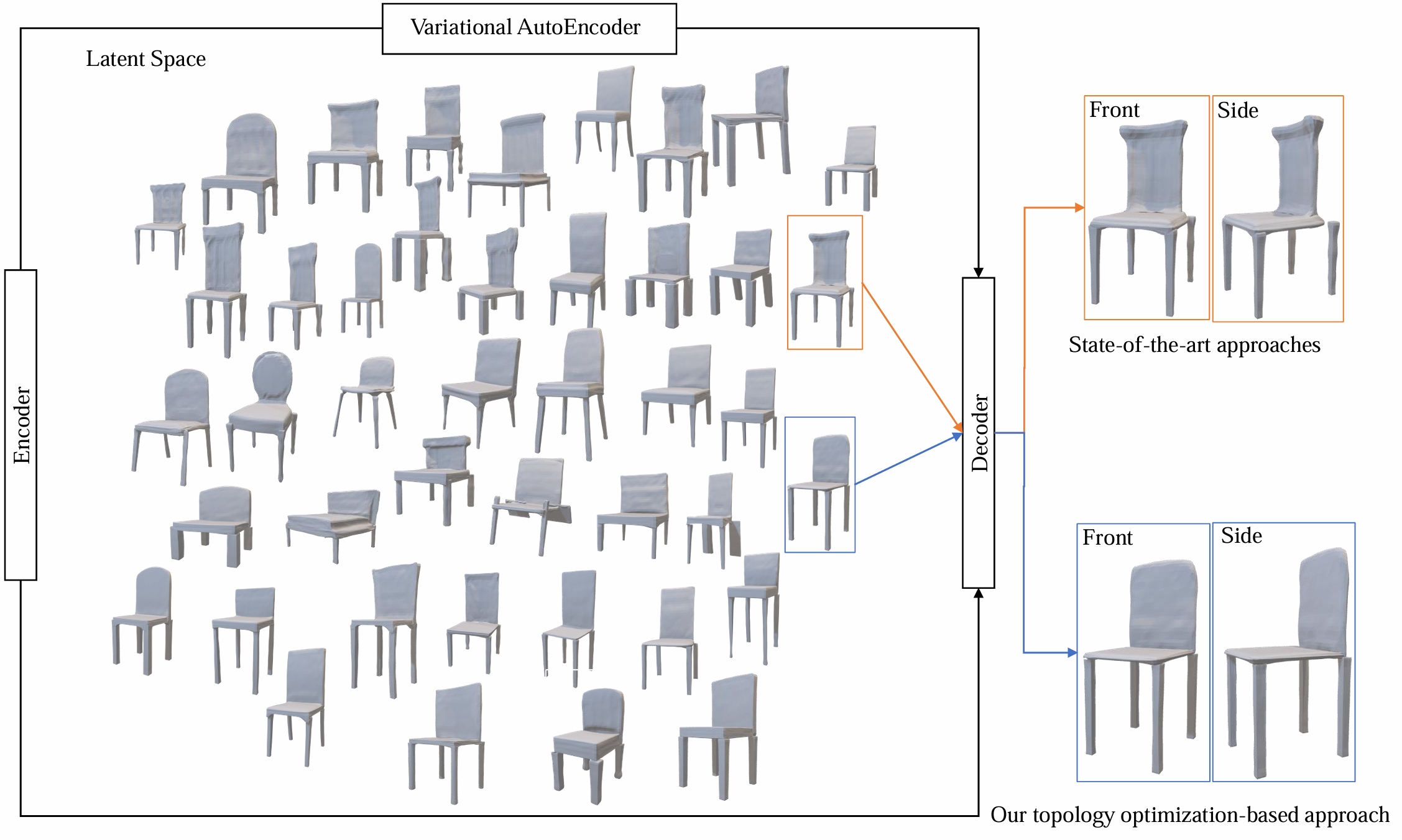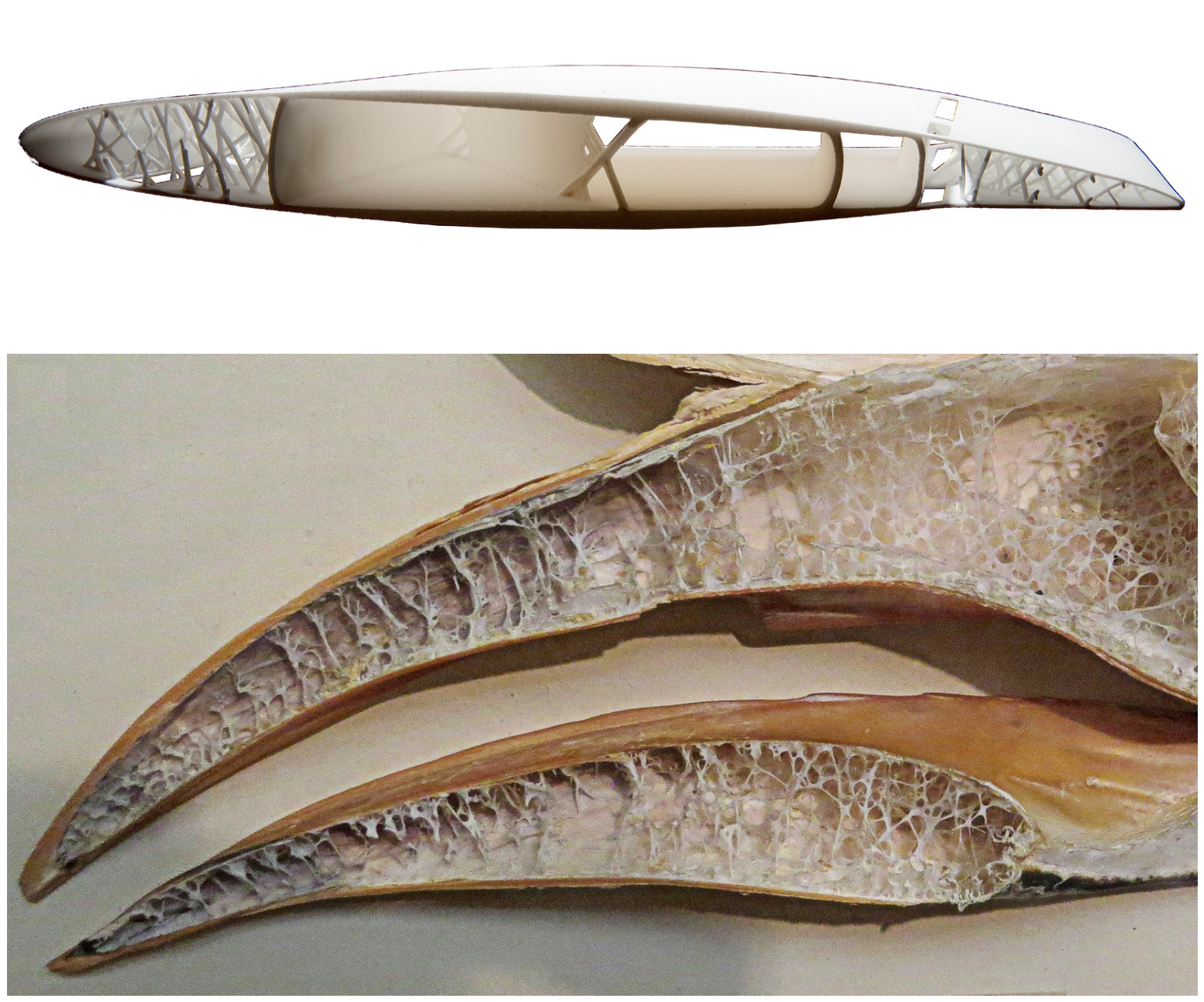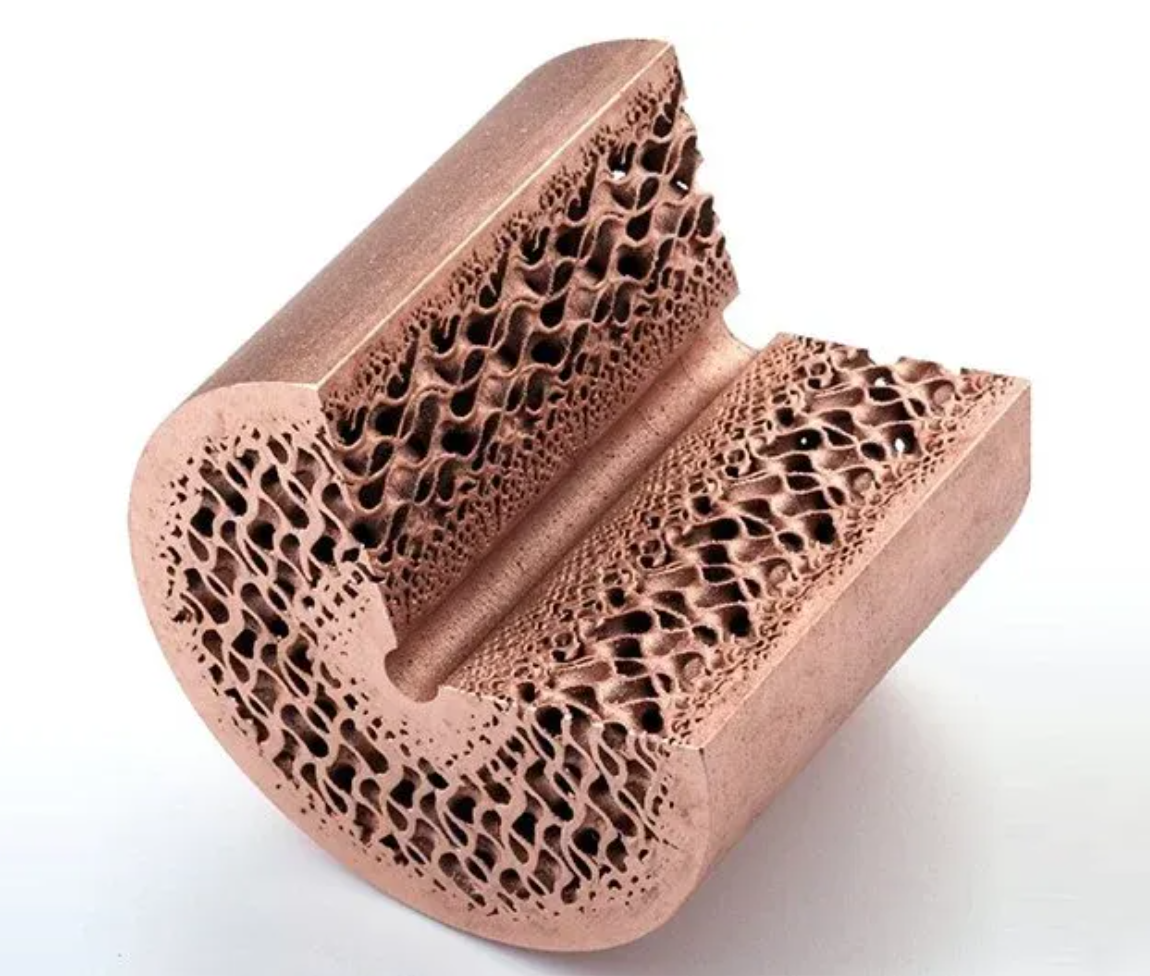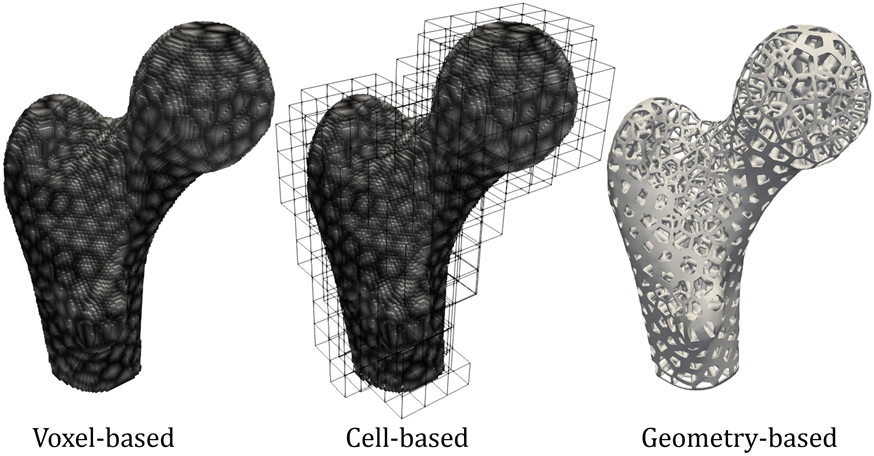
Next generation of CAD is integrated with engineering analysis and intelligent to meet physical and manufacturing requirements. CAD (Computer Aided Design) and CAE (Computer Aided Engineering) are the dominant industrial practice for product design. Seamless CAD/CAE integration is able to form a full-automatic closed loop between design and analysis: analyzing the performance of CAD design models via physical analysis, performing design adjustments, and ultimately reaching the design objectives. A seamless CAD/CAE integration has been recognized as a fundamental way to tremendeously improve convential product design process in much improved product quality and greatly shorter time to market. It has to be conducted in a parallel robust computational way, followed by an intelligent invonation.

Conventional approaches in achieving CAD and CAE integration is via model conversion, which typically includes: boundary representation (B-rep) generation, model fixing and cleanup, model simplification, volumetric mesh generation, boundary condition specification, engineering analysis, model adjustment, and CAD model conversion. The procedure is usually iterated to ultimately produce an optimized design. The process in present industrial practice is very tedious and requires intensive human interactions, which accounts for about 80% of the overall design time as reported by Sandia, and is the open bottleneck in mainstream industrial design procedure.
Artificial intelligence has started to revoluationize various industrial fields, including 1D NLP, 2D imagees, or 2.5D video. Its impacts on 3D structure generation for spatial intelligent, embodied intelligent, and industrial product design or CAD, however, still leaves huge potential to explore. Our research on this topic is built on our large varieties research of advanced CAD, CAD/CAE integration, engineering analysis, and aims to build the fundamental of the next CAD kernel. Aligning with the target, we are re-shaping the CAD fields on geometrically and physically reliable 3D structures, novel representations of intelligent 3D structure generation, and seamless design-analysis loop, to tremendeously shorten the traditional industrial design cycles for its applications in key national industrial fields.

Porous structures are of lightweight and superior multi-function properties, such as shock absorption, vibration absorption, noise reduction, wave absorption and so on, and are the building rocks of meta-materials. They are expected to break through the limits of traditional designs and have played a unique and outstanding industrial value, in wide industrial applications such as aeronautics and astronautics, medical instruments, robotics and so on. The rapid developments of cutting-edge manufacturing technologies have facilitated the fabrication of such complex structures, and brought great opportunities and grand challenges to conventional product design due to the complex geometry and material distributions of porous structures.


Our research aims to design porous structures of extreme performance to be used as critical components in major equipment, and ultimately being implemented in a system. The design process follows a classical modeling-analysis-optimization-manufacturing process, and develops an integrated implicit-representation-based porous structure design procedure.

The challenges of the porous design problem come from its huge DOFs, even in terms of billions. Under a fine discrete representation, it is difficult to control the model's geometry and the computational cost will be high at such a huge number of voxels. Under a continuous parameter representation for a fixed type of porous cells, the performance that the porous model can achieve will be limited. How to construct a compact design space, with the abilities of sufficient model expression, effective geometric control, and efficient performance simulation, is the primary and key issue of porous model design. Specific challenges include aspects: explicit topology and shape control under clear geometric parameters, high computational costs of property analysis, design optimization to meet various physical and manufacturing constraints.
[18] 空间引力波探测编队系统全链路动态数值仿真,国家重点研发计划,2020.12-2025.11
[17] 支持创成式智能设计的CAE仿真引擎,2025年浙江省“尖兵”研发攻关项目
[16] 支持智能设计的CAD几何引擎关键技术研究与应用,2024年浙江省“领燕”研发攻关项目
[15] 基于显式拓扑描述的多功能多孔结构拓扑优化方法,国家自然科学基金面上项目,62372401,202401 - 202712
[14] 参数曲线曲面求交算法,深圳泊松软件技术有限公司,2023.1-2025.12
[13] 工业级云端CAD软件平台关键技术研究及应用,2023年浙江省“尖兵”研发攻关项目
[12] 工程工具软件与平台研发及应用,浙江省重点研发项目,2021.1-2023.12
[10] 开放式架构数据模型工具, 2019.10-2020.10,中国航空工业集团公司西安航空计算技术研究所
[9] 智能生产线虚拟重构理论与技术,科技部国家重点研发,2018YFB1700600, 2019.06-2023.05
[8] 复杂力学约束下的柔性多孔模型生成式设计,国家自然科学基金面上项目,61872320,2019.01-2022.12
[7] 新型细胞/组织生物反应器系统仿真构建研究,科技部国家重点研发计划子课题,2016YFC1101302,2016.7-2020.12
[6] 基于3D打印加工工艺的蜂窝状减震结构智能设计,杭州先临科技有限公司,2019.3-2019.12
[5] 半序微结构多孔模型双尺度设计优化,国家自然科学基金面上项目, 61472356,2015.01-2018.12
[4] 复杂物理对象的几何优化与过程模拟,国家自然科学基金重大国际合作项目,2013.1-2017.12
[3] 实体模型理想化过程中的工程分析精度控制研究:国家自然科学基金青年基金,2012.1-2014.12
[2] 数学机械化方法及其在数字化设计制造中的应用:国家重点973项目, 2011.1-2015.12
[1] 基于渲染方程的室内高频声场仿真算法的基础问题研究:国家自然科学基金面上项目,2011.1-2013.12
[9] Virtual reconfiguration theory and technology of intelligent production line, National key
R&D from the Ministry of science and technology, 2019.06-2023.05.
[8] Generative design of soft porous structures under complex elasticity constraints. NSFC,
2019.01-2022.12
[7] Simulation and construction of a new cell / tissue bioreactor system, National key R&D
from the Ministry of science and technology, 2016.7-2020.12.
[5] Bi-scale design optimization for semi-regular porous structures. NSC, 2015.01-2018.12
[4] Geometric optimization and process simulation for complex physical objects, Major
international cooperation projects of NSFC, 2013.1-2017.12.
[3] Engineering analysis fidelity control in CAD model idealization.
NSFC, 2012.1-2014.12.
[2] Mathematical mechanization method and its applications in digital design and manufacturing.
National key 973, 2011.1-2015.12
[1] Research on basic problems of indoor high frequency sound field simulation algorithm based
on rendering equation. NSFC, 2011.1-2013.12.